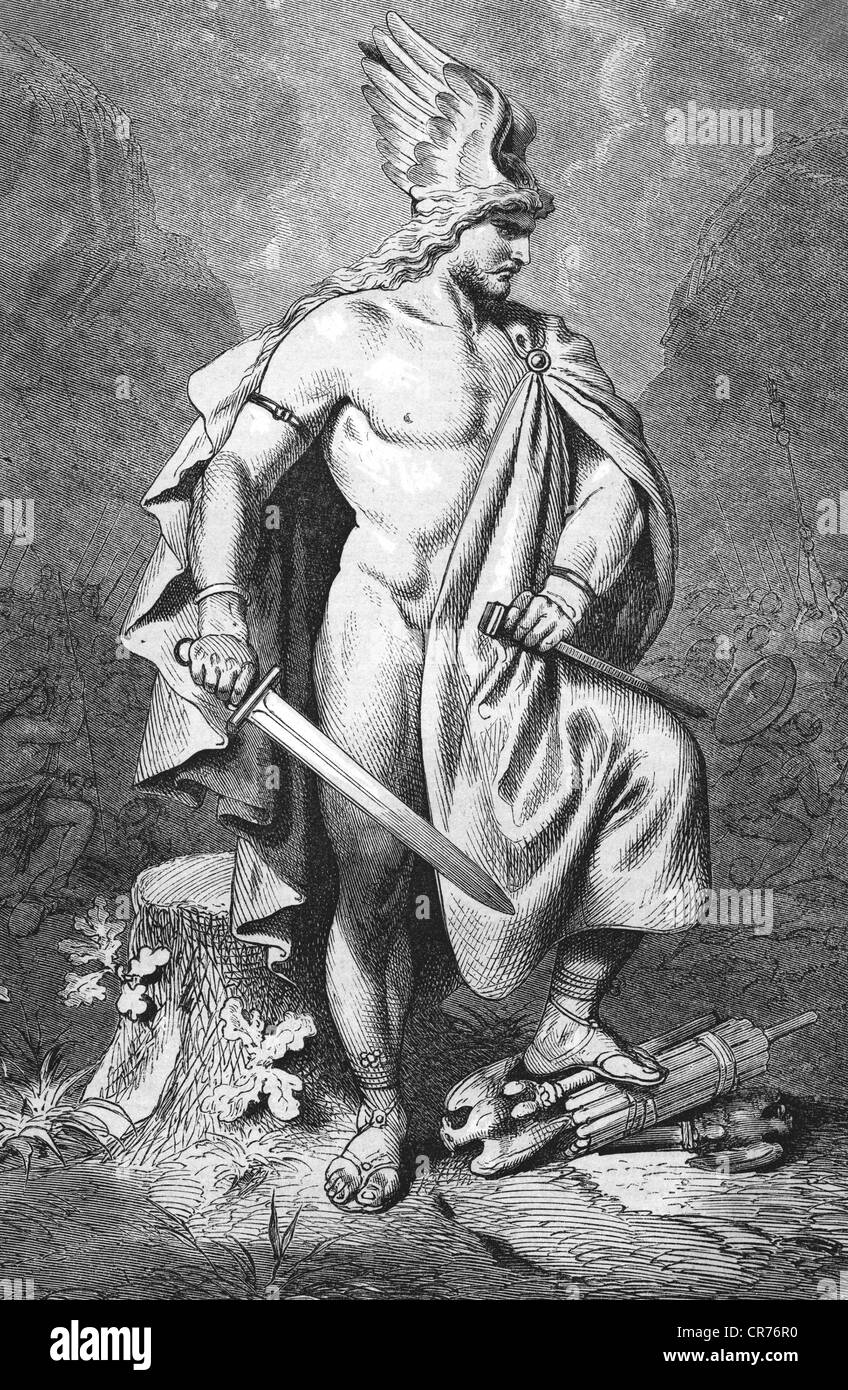

The cult around Hermann the German peaked in 1875, when a gigantic monument of him was completed near the town of Detmold. Many experts think that Siegfried, a hero in German mythology like Beowulf in Anglo-Saxon, is based on Arminius. The battle’s tale was spun into myth and retold in poems, plays, operas, books and paintings that hailed Hermann as Germany’s first hero. But the war cries and clang of swords also echoed through the ages in other ways: as a creation myth – glorious and catastrophic at once - that later forged the German nation. It stopped the Romans from colonizing the wild lands east of the Rhine – Germany even now is divided between a wine-loving south and west and a beer-swilling north and east. The battle of Teutoburg Forest changed history, its impact visible to this day. But the king declined the offer and sent the head to Emperor Augustus in Rome. The message was simple: the Romans can be beaten, join me. Arminius, of the Cheruscan tribe, sent Varus’ head to Maroboduus, king of the Suebi, another Germanic tribe. Varus himself fell on his sword on the fourth and final day of the battle. Those captured were enslaved or sacrificed to gods, their severed heads nailed to trees.

But Arminius was using his knowledge of the Romans to lure Varus into a trap, vanquishing three legions so completely that only handfuls of the 20,000 Roman troops escaped. His name was Arminius – Hermann, in German. It was the year 9 AD, and the Roman general Publius Quinctilius Varus, governor of Germania, was following the advice of a Germanic chieftain he knew and trusted, because the German had long fought in the service of the Romans. For four days the battle raged, stretching along lines up to 100 kilometers long through the dark and foggy Teutoburg Forest in northwestern Germany.


 0 kommentar(er)
0 kommentar(er)
